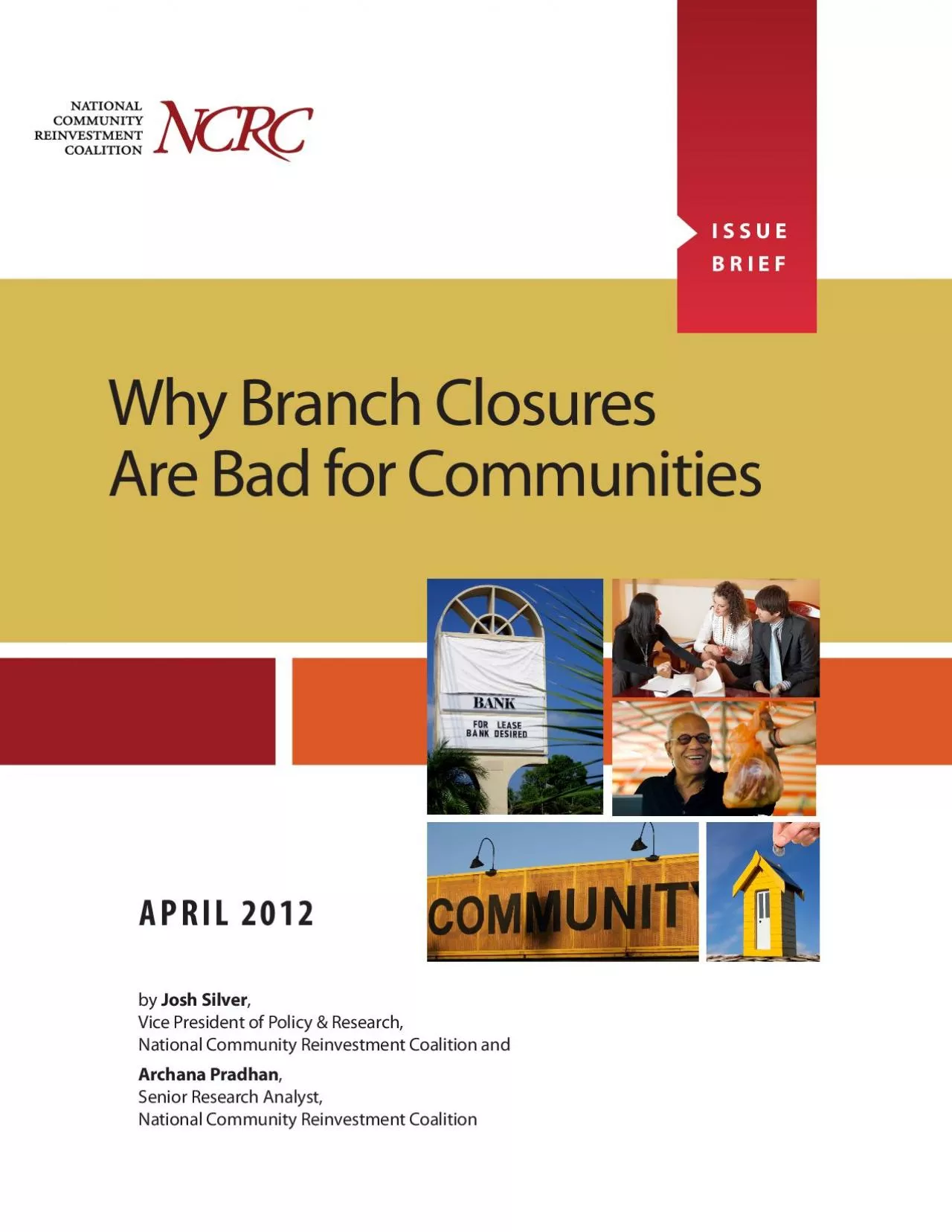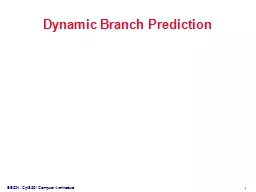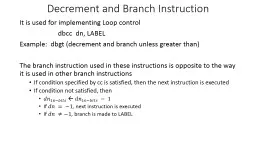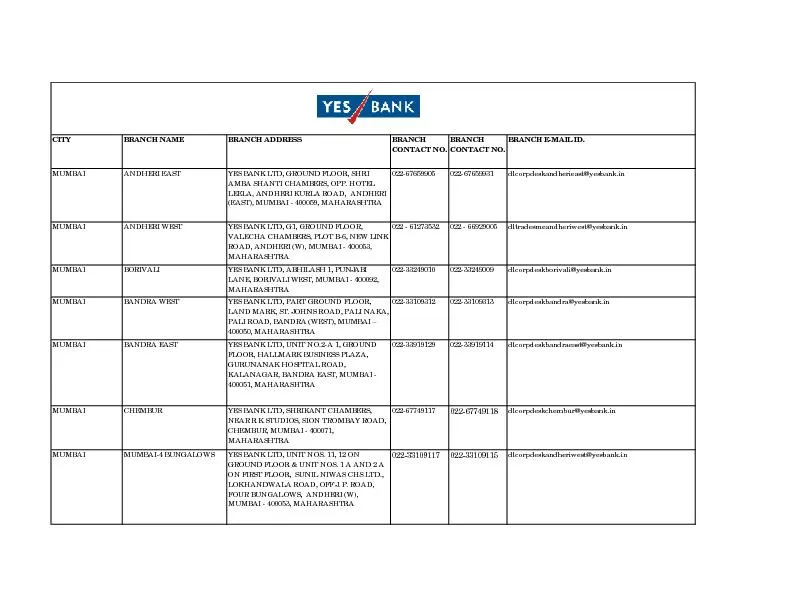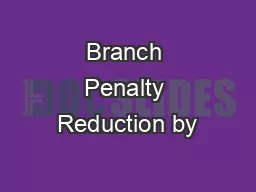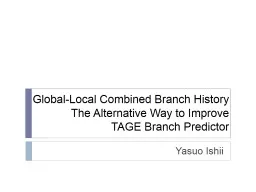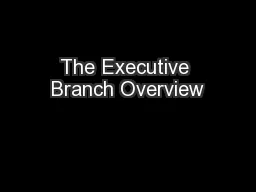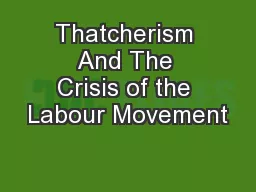PDF-Why Branch Closures
Author : oneill | Published Date : 2021-09-27
APRIL 2012Are Bad for CommunitiesISSUE BRIEFby Josh SilverVice President of Policy Research National Community Reinvestment Coalition and Archana PradhanSenior Research
Presentation Embed Code
Download Presentation
Download Presentation The PPT/PDF document "Why Branch Closures" is the property of its rightful owner. Permission is granted to download and print the materials on this website for personal, non-commercial use only, and to display it on your personal computer provided you do not modify the materials and that you retain all copyright notices contained in the materials. By downloading content from our website, you accept the terms of this agreement.
Why Branch Closures: Transcript
Download Rules Of Document
"Why Branch Closures"The content belongs to its owner. You may download and print it for personal use, without modification, and keep all copyright notices. By downloading, you agree to these terms.
Related Documents

